Optimal Seasons for Metal Roof Installation
Standing seam metal roof installations are influenced by seasonal weather conditions, making timing an important factor. Optimal periods typically include mild weather months with minimal precipitation, such as late spring and early fall. During these times, the risk of weather-related delays or issues is reduced, ensuring a smoother installation process.
Temperature fluctuations also impact installation quality. Temperatures that are too cold can cause metal to become brittle, while excessive heat can affect the expansion and contraction of the materials. Therefore, moderate temperatures are preferred for installation to maintain structural integrity and ensure proper sealing.
Spring offers mild weather and longer daylight hours, ideal for efficient installation and curing times.
Fall provides cooler temperatures and less humidity, reducing the risk of weather delays during installation.
Winter poses risks such as snow, ice, and freezing temperatures that can hinder installation and affect material performance.
Summer can be hot, but early morning or late afternoon installations can mitigate heat-related issues.
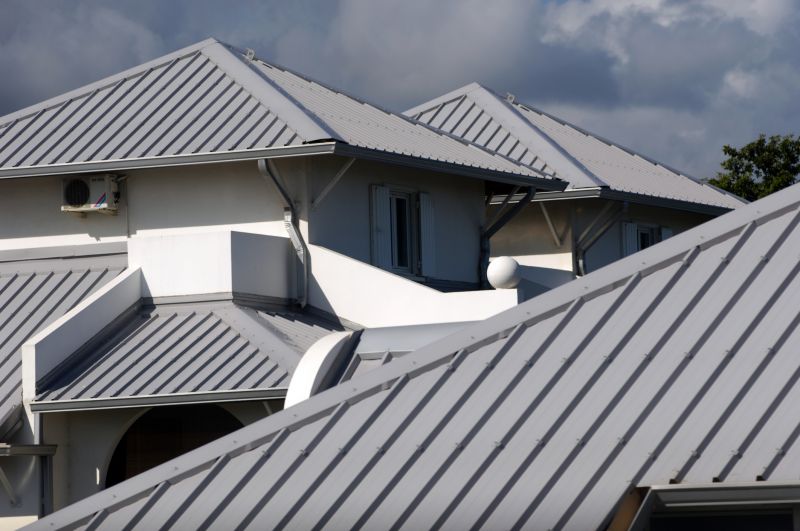
Workers installing a standing seam metal roof during mild spring weather.

A crew working on a roof in autumn conditions with clear skies.
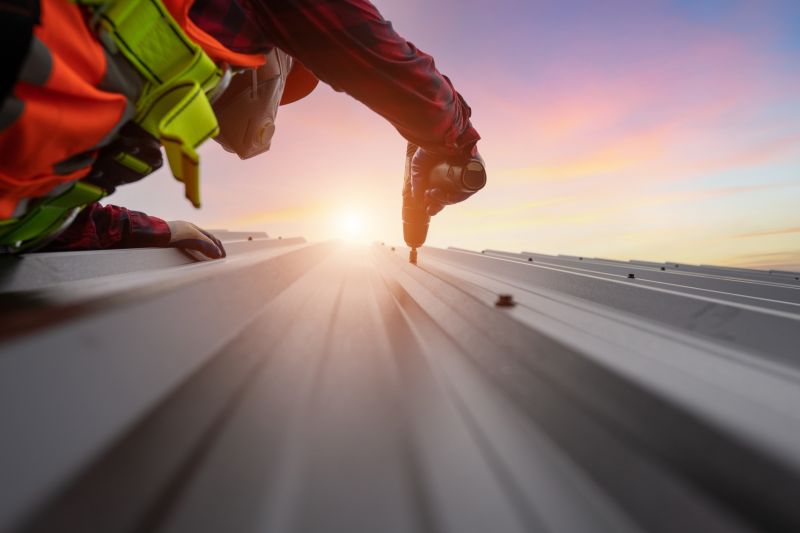
Installation team working during early morning summer hours to avoid heat.
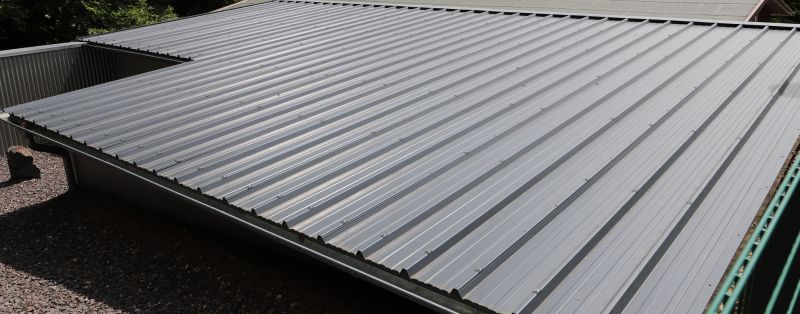
Ways to make Standing Seam Metal Roof Installations work in tight or awkward layouts.
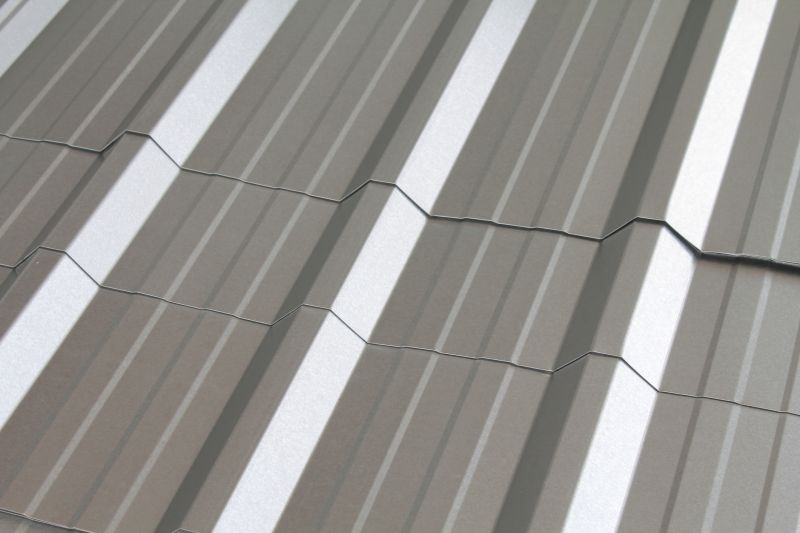
Popular materials for Standing Seam Metal Roof Installations and why they hold up over time.
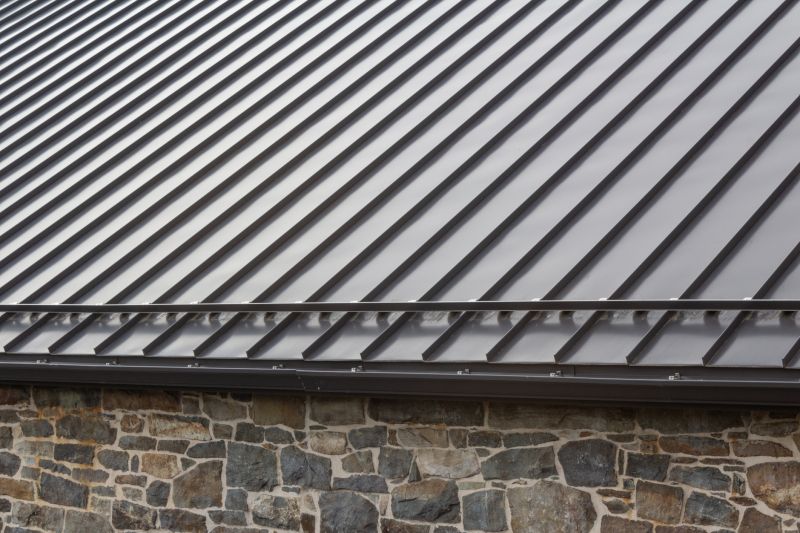
Simple add-ons that improve Standing Seam Metal Roof Installations without blowing the budget.
Standing seam metal roofing is a durable and long-lasting roofing option known for its sleek appearance and resistance to harsh weather conditions. It is composed of interlocking panels with raised seams, which provide superior waterproofing and wind resistance. This type of roofing is favored for its longevity, often exceeding 50 years with proper maintenance, and its low maintenance requirements.
Statistics indicate that standing seam metal roofs can improve energy efficiency by reflecting solar heat, potentially reducing cooling costs. Their resistance to fire, rot, and pests makes them suitable for various climates and building types. Proper installation during optimal weather conditions ensures the roof performs as intended, minimizing future issues and maximizing lifespan.
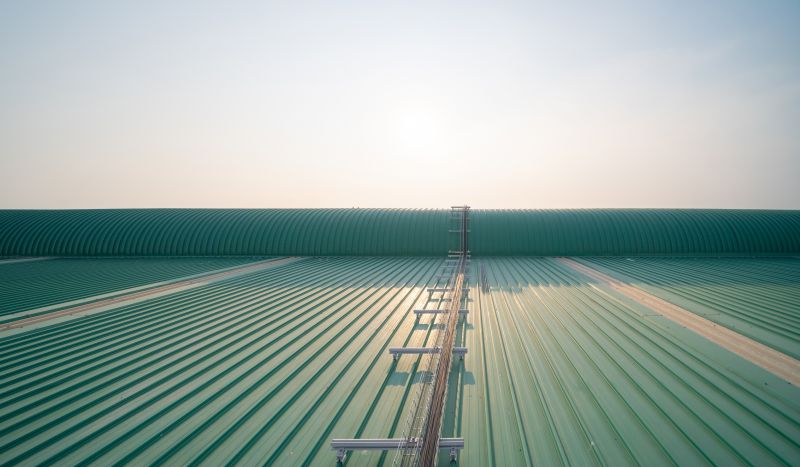
A team installing standing seam panels on a commercial building.

Detail shot of interlocking seams on a metal roof.

Completed standing seam metal roof with clean seams and finish.
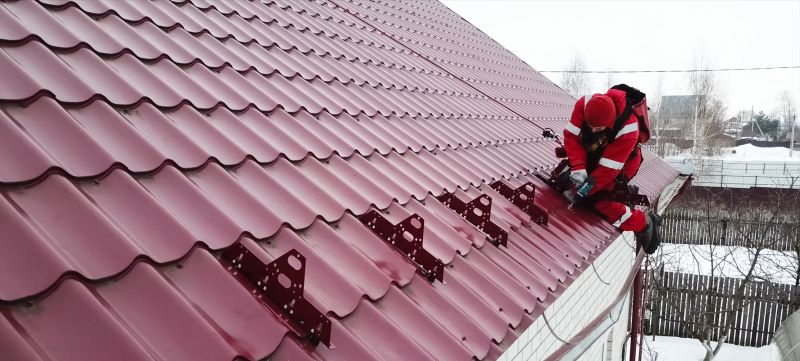
Tools and equipment used during metal roof installation.
Those interested in standing seam metal roof installations are encouraged to contact for further information. Proper timing, combined with professional installation, can ensure a durable and aesthetically appealing roof that meets specific needs and preferences.
